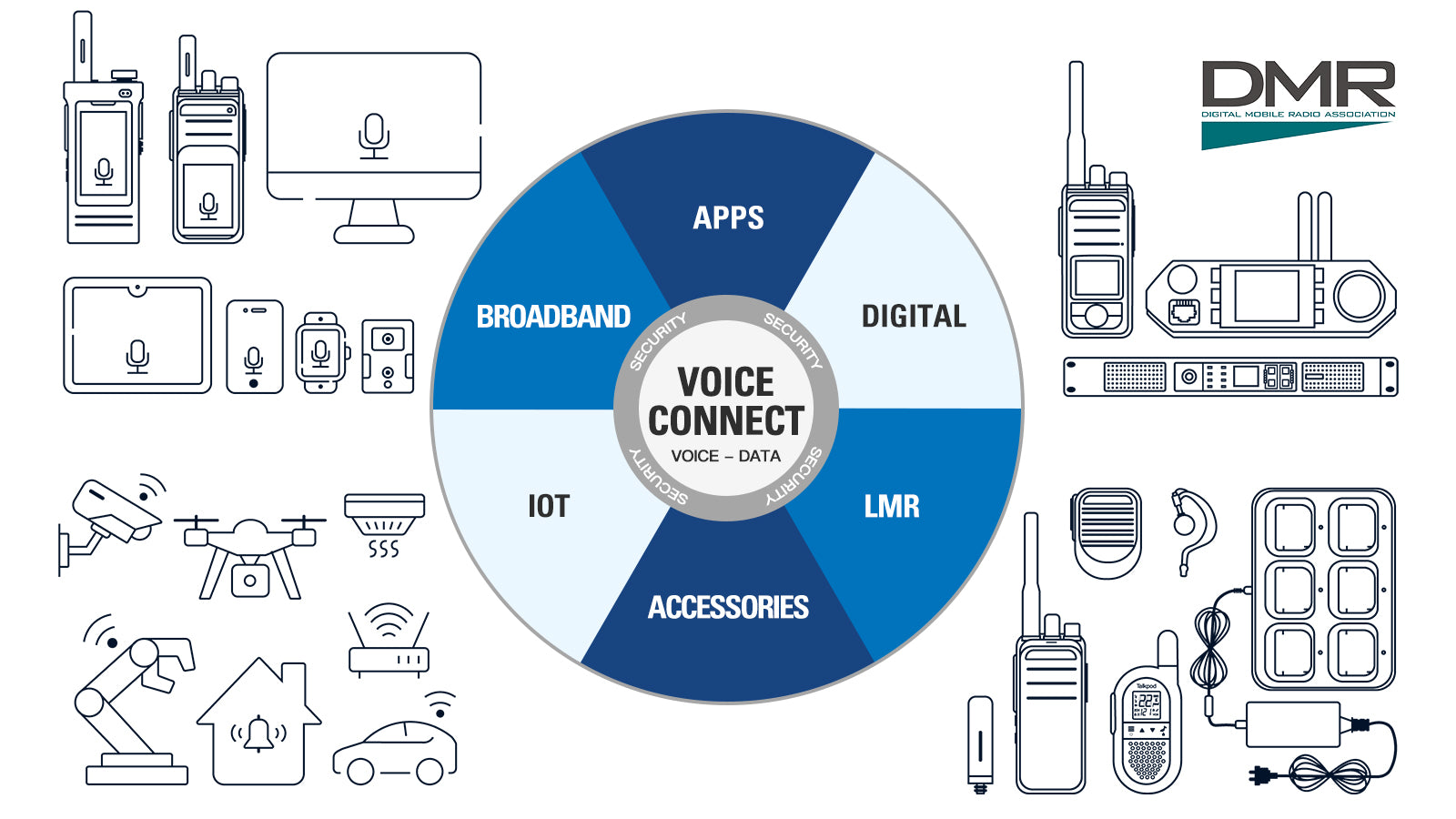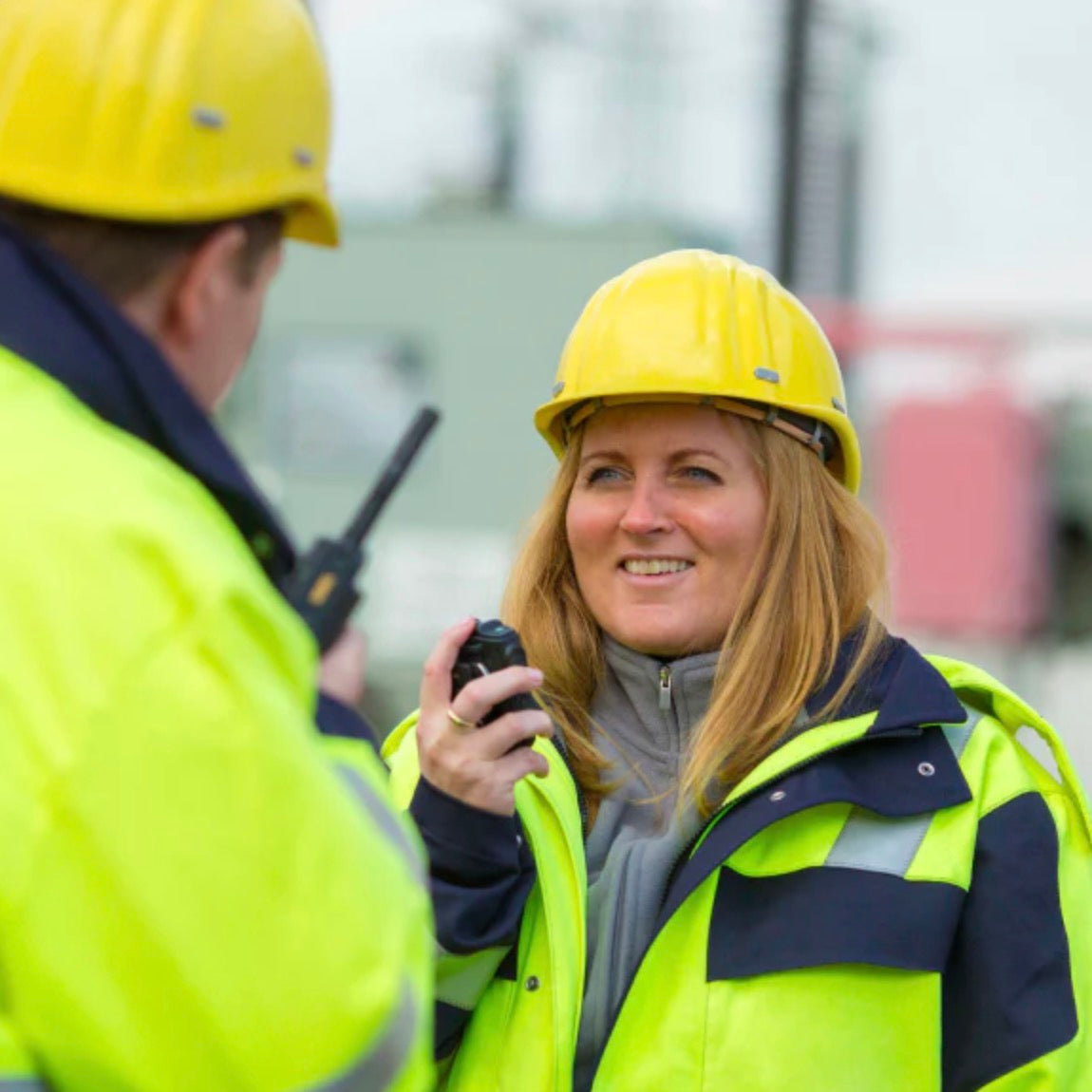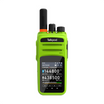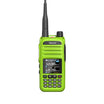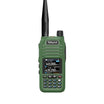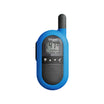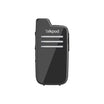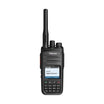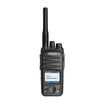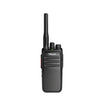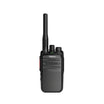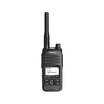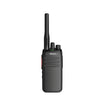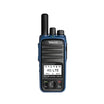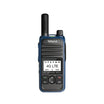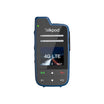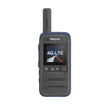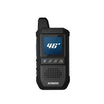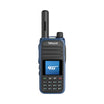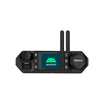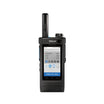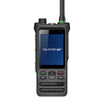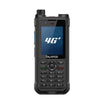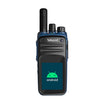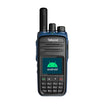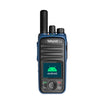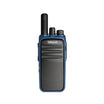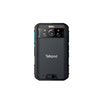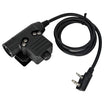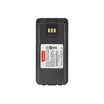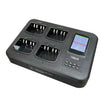What is Talker Identification? Talker Identification is a feature in modern two-way radio systems that allows users to identify the person speaking at any given time, similar to the caller ID feature in cellular phone systems. This feature becomes particularly crucial in environments where multiple users communicate over the same channel or network, enhancing clarity and coordination.
How Does Talker Identification Work? In two-way radios, talker identification can be displayed through various methods, such as showing the speaker's name, number, or other predefined identifier on the radio's screen when they press the Push-to-Talk (PTT) button. This functionality is supported by digital two-way radio technology, which transmits data alongside voice communication. When a user speaks, their identification data is simultaneously sent to all receiving radios, which then display the information.
Why is Talker Identification Important? Talker identification offers several significant advantages in collaborative and critical communication environments:
- Improved Clarity and Coordination: Knowing who is speaking helps in understanding the context and urgency of the message, especially in critical situations where voice recognition alone might be insufficient.
- Increased Accountability: By displaying the identity of the talker, each user becomes more accountable for their communications, which can be crucial in professional settings.
- Enhanced Safety: In emergency situations, knowing who is communicating can be vital for coordinating a response and ensuring that clear, concise information is conveyed by authorized personnel.
In conclusion, Talker Identification enhances communication efficiency and safety in two-way radio systems, making it an essential feature for professional, public safety, and emergency response teams. It ensures that each message is clearly attributed, supporting better decision-making and coordination among team members.


